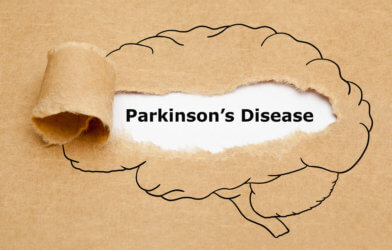Quitting cigarettes for the long run is no easy task for smokers who have tried to kick the habit in the past. But could a mild zap to the brain be all it takes to achieve what seems impossible for so many? According to a new study, stimulating parts of the brain with electricity boosts people’s chances of quitting smoking in the long term.
CDC Data from 2018 shows that 55% of smokers in the U.S. had tried to quit over the previous year. Yet for all those who gave it a shot, just 7.5% were able to stop smoking successfully. The majority rely on willpower alone, often considered the least effective method, rather than getting support.
Non-invasive brain stimulation (NIBS) has become increasingly popular as a means of kicking addictions to alcohol or other substances. While these methods have also shown promise for quitting smoking, few studies have looked at their effectiveness in the long run.
Now scientists at the University Hospital of Dijon in France have found brain stimulation could help people put out their smokes for good.
“While our review appears modest, with only seven included studies, a low confidence level and a substantial inter-study variability, the results appear to be robust and we feel confident in suggesting that NIBS is a technique of interest for both short-term and sustained smoking cessation,” says study lead author Dr. Benjamin Petit in a statement. “In addition, we identified several scientific trials currently underway in this particular field.”
Smoking is linked to a wide range of life threatening diseases, including cancer, heart disease and diabetes.
There are two commonly used types of brain stimulation, known as transcranial direct current stimulation (tDCS) and transcranial magnetic stimulation (TMS). TDCS sends a low-intensity electrical charge through the brain using electrodes placed on the patient’s scalp. TMS on the other hand, uses a metallic coil placed against the patient’s scalp to generate magnetic pulses, creating brief electrical currents in the brain tissue.
The targeted area becomes increasingly active depending on the frequency of these pulses.
Scientific trials where adults, who were looking to stop smoking, had their brains stimulated were reviewed by the researchers. The trials followed up with participants at least four weeks later to see whether the treatment had any impact. They combined the results from seven studies involving 699 patients after combing through several scientific databases.
Smokers who had their brains zapped had a 2.39 per cent of quitting smoking in the long term, the researchers found. Different types of stimulation on different parts of the brain were found to increase people’s chances of keeping smoke free.
“In the near future, NIBS might be recognized as a promising new option for assisting individuals who wish to stop smoking,” says Dr. Petit.
The findings were published in the journal Addiction.
South West News Service writer Tom Campbell contributed to this report.












